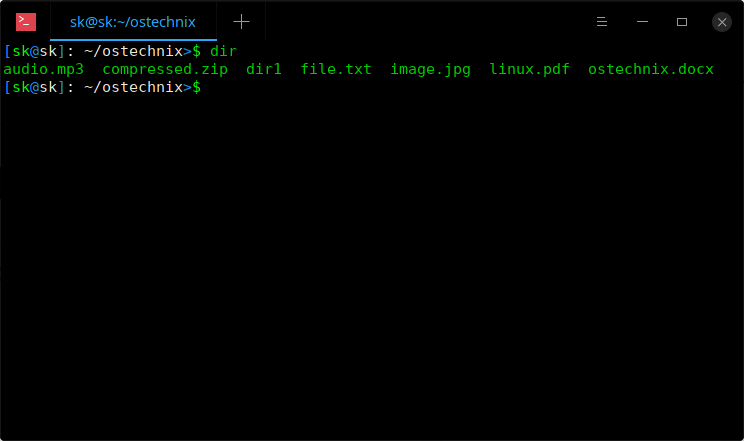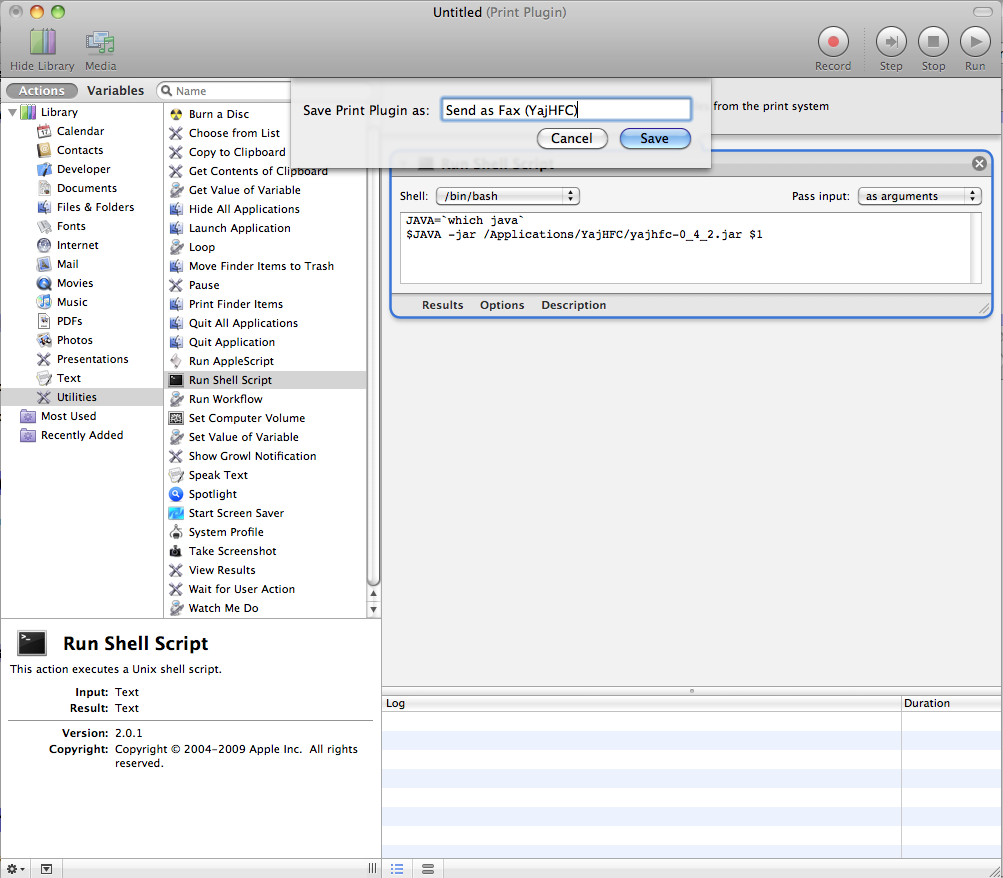
The script must be executable of course (use chmod +x if you need).

In summary, if you wanted to see how to run/execute a Unix shell script from the MacOS Finder, I hope these examples are helpful.Well, it's been years I use this simple trick to have bash scripts in application (and really really don't understand why all people try so complicated solutions as creating "Contents" folders, ist or use Automator or Platypus or so. (The pwd command will just list the user’s home directory.) Summary If you need to get the full path of the directory where your script was run from, use this command:Īfter that line executes, the variable DIRNAME will contain the full path to the directory where the user executed your script in the Finder. You should see a Terminal window open, with the output from the commands shown in the Terminal window.

Now go to the Finder, navigate to the directory where this script is located, and double-click the icon for this file. Put some simple commands in the file, like this: Simple exampleĪs a simple example of this, create a file named mand somewhere on your Mac OS X filesystem, such as the Desktop, or a temp folder somewhere. I run a top command in a script so she can confirm that this is the problem. She has an HP printer attached to her Mac, and from time to time the printer goes nuts and decides to eat the CPU. I did this recently for one of my sisters. When it’s finished, the Terminal will display a “Process Completed” message, and the user can close the Terminal. Now, when someone double-clicks your script in the Mac Finder, the script will open a new Mac Terminal window, and then run the script inside that window. You can also leave out the usual #!/bin/sh part on the first line. Then make it executable, such as by running chmod from the MacOS Terminal: command extension and (b) make it executable.įor example, just name your Mac/Unix script like this:

Solution: If you ever want to create a Unix shell script that you can give to someone else so they can double-click it and run it through the Mac OS X Finder, all you have to do is (a) name the file with the. MacOS Finder FAQ: Is there a way that I can execute a custom Unix shell script from the Mac Finder?

You can now hire Alvin Alexander for Scala or Flutter side projects!Ĭontact me at (al) at valleyprogramming (dot) com for details.


 0 kommentar(er)
0 kommentar(er)
